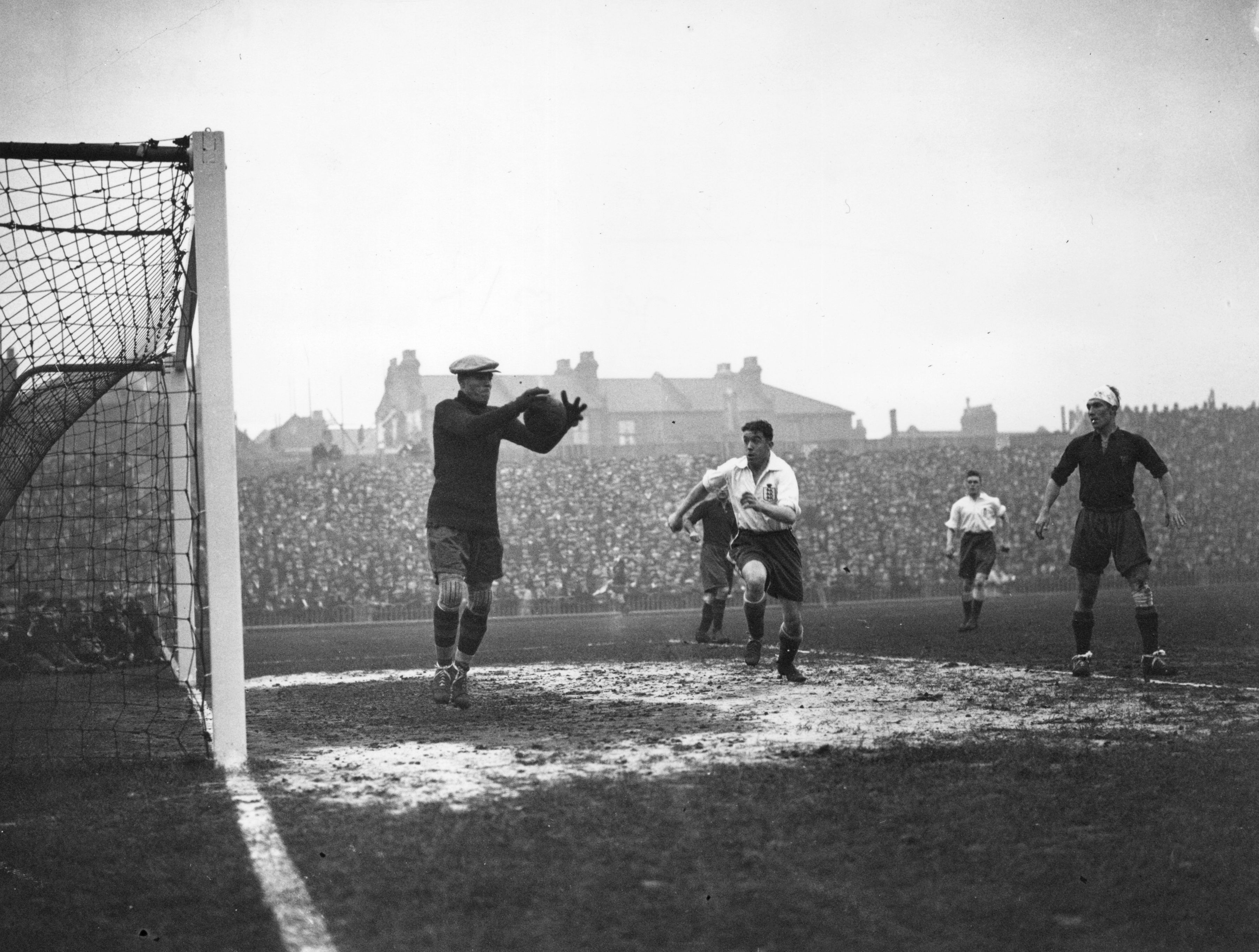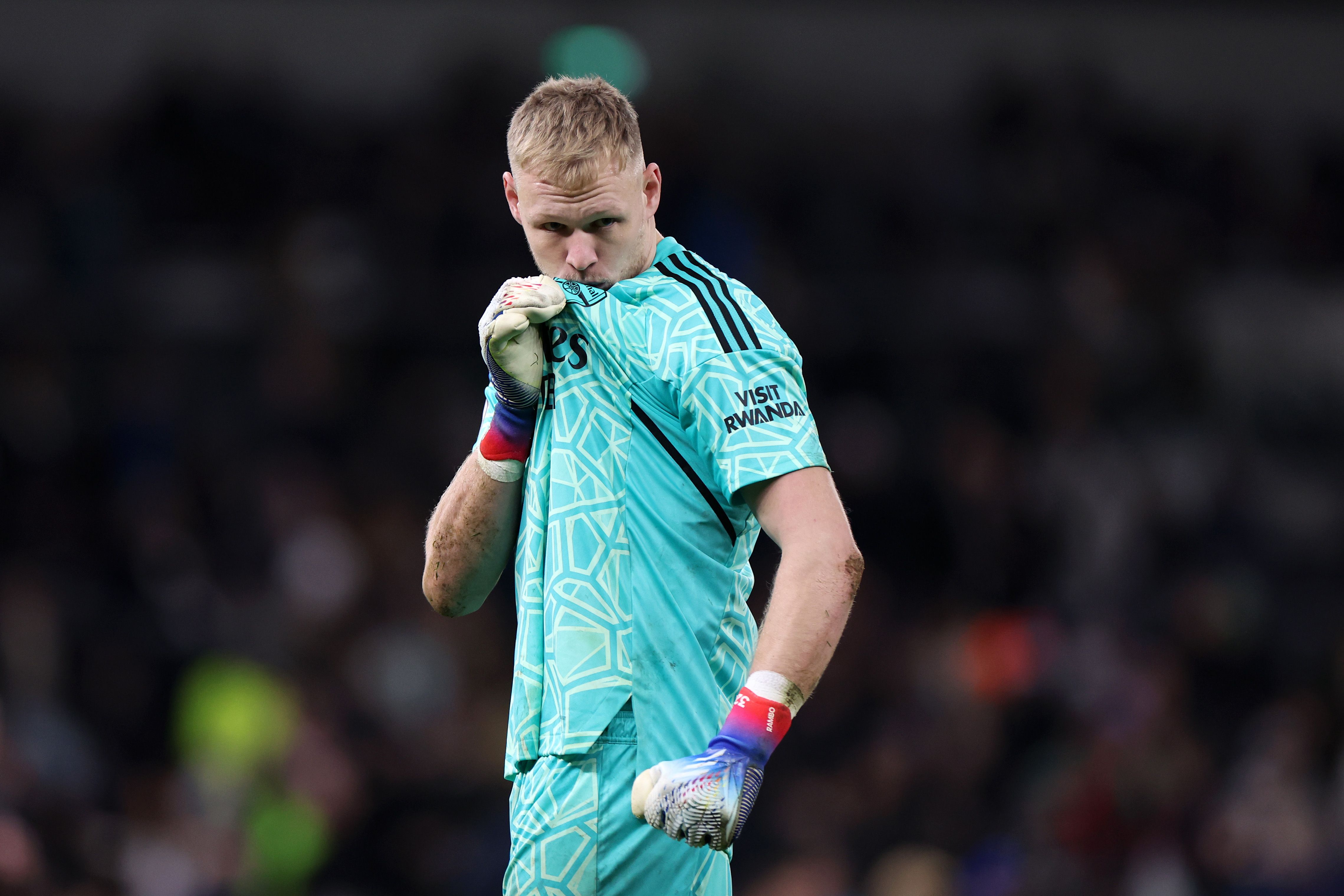In 1913, a French newspaper detailed what an ideal shot-stopper looked like.
If you ask a hundred people what makes a perfect goalkeeper, you may well get a hundred different answers.
Some want a great shot stopper, others want a commanding presence in the box, others now want an accomplished footballer, to launch attacks from deep in their own half.
Looking back through the newspaper archives, I came across a French newspaper article from 1913, with the headline ‘The Perfect Goalkeeper’. In the article, Henri Beau describes the qualities needed by ‘keepers over 100 years ago.
To try to understand how goalkeeping has changed since then, I looked through Henri Beau’s description of the perfect goalkeeper, to see what still holds true today.

Firstly, the importance of the position has not changed in the intervening years. The article states that, “The goalkeeper cannot pass unnoticed in a football match. The actions of a midfielder, an attacker or even a defender don’t always grab your attention. But it is impossible to forget how the goalkeeper performed”. And there are several other notable similarities which remain.
Composure remains key. Think of the best goalkeepers in the world today, and they all have an uncanny ability to remain calm under pressure. For example, the famous moment when Ederson took a heavy touch against Liverpool in 2022.
With Diogo Jota bearing down on him and the ball rolling towards his own goal, Ederson was the coolest man in the stadium, clearing the ball to a teammate just as it brushed the white paint of the goal line.
In 1913, things were no different. A goalkeeper “can be very skilful and possess excellent qualities” but, according to Beau, “if they are not able to stay calm and in control of his nerves, they can cost their team”.
He is less nuanced about a goalkeeper who loses their head after conceding. “It is obvious that a goalkeeper who panics after one or two goals in his net is an absolutely useless player, and it is important to replace him as soon as possible”, Beau writes. It's a mantra which Chelsea still live by today.
Interestingly, goalkeepers who are comfortable playing with their feet is something which Beau also advocates for. In the modern game, players such as Neuer, Ederson, and Allison have revolutionised the way teams play, with goalkeepers acting almost as an 11th outfield player.
Beau argues that he has “always been absolutely in favour of playing with the feet as it has the double advantage of saving time and saving goalkeepers from charges”. Thankfully, modern goalkeepers no longer have to worry about attackers trying to shoulder charge them into their own net.
But he does advocate a safety-first approach when it comes to playing with the feet “If they control the ball with the fear of missing it, it is best that they use their hands” or alternatively, “try to clear the ball with their foot”. Or maybe I have just mistranslated the Big Sam philosophy of if in doubt, give it a clout.

It also appears that Joe Hart wasn’t the first English goalkeeper to have their footballing ability questioned, when he was replaced by Pep Guardiola. In fact, even in 1913, the English aversion to goalkeepers using their feet was under question. “In England, [they] have an absolute fixed tactic on this subject: an express ban on goalkeepers controlling the ball with their feet. Managers must take care of this”.
The physique of goalkeepers is something which, notably, has changed in the intervening years. In general, goalkeepers are getting taller at the top level, with Thibaut Courtois’ 6-foot 7-inch frame dwarfing someone like Fabian Barthez, who was less than 6 feet tall.
In the Premier League in 2024, goalkeeper is, on average, the tallest position on the pitch, with an average height of 6 feet 3 inches. Generally, teams need a ‘keeper who is a dominating physical presence, but who is also agile enough to move neatly around the goal.
According to Beau, the perfect goalkeeper should be neither too short nor too tall. He would have much preferred Barthez to Courtois.
According to him, taller goalkeepers may have some difficulty in picking the ball up off the ground especially when the ball is driven “sneakily in the corner of the net”. Taller ‘keepers would face a “noticeable disadvantage” compared with their shorter teammates, according to the Frenchman.
Another thing which has changed, for the worse if you are a goalkeeper, is perhaps a diminishing of the goalkeeping cult of personality. Today, the Roy Keane School teaches that making a world class save is just the goalkeeper’s job and is not always something to be celebrated.

In 1913, the opposite was true. According to Beau, a good goalkeeper “is considered a kind of demi-god”, before explaining that each goalkeeper has their own “group of admirers” which sat as close to the goalkeeper as they could.
At half time, when the teams changed ends, there would be a mad rush to change positions. “Tall and short, young and old, fat and skinny compete in a new kind of one hundred metre race” to get the prime viewing seat nearest their hero in goal.
A good save would bring a buzz of praise from this group of admirers, which prompts Beau to mention the final quality needed by the perfect ‘keeper. Being a goalkeeper requires “a very great deal of modesty…to remain impassive in the face of such approval”.
On that, he and Keane would both agree.
You see, some things never change.
The French have a saying, plus ça change, plus c'est la même chose, which translates as the more things change, the more they stay the same, and in the world of goalkeeping it rings remarkably true.
Whilst, of course, the demands on a modern goalkeeper make the position almost unrecognisable to 100 years ago, there are a remarkable number of similarities which remain. In its simplest form, the job of the goalkeeper is to stop the ball going in the goal. If they can do that, they have taken the first step towards having a group of admirers who race to change ends at half time to watch them close up.








